💪 Support independent web, support us:
If you have done the things to do in Greece, you’d know there are quite a few of them here in Lesbos.
Lesbos is a treasure trove waiting to be explored – a sun-kissed island off the coast of Greece, beckoning with its sparkling waters, sandy beaches, and lush landscapes.
With each new corner you turn, you’ll discover something new – natural wonders, ancient ruins, and charming villages infused with the quirky, idiosyncratic spirit of the island.
Here, the sea sings a siren song, and the sunsets are an everyday extravaganza, painting the sky with hues of gold, pink, and purple.
There’s no shortage of things to do in Lesbos, and each one is a unique experience that will leave you spellbound and wanting more.
Without further ado listed below are some of the most fun things to do in Lesbos:
1. Petrified Forest of Lesbos

The Petrified Forest of Lesbos is a fascinating natural wonder and a UNESCO World Heritage Site located on the Greek island of Lesbos.
What to see or do: Visitors can explore the forest and marvel at the impressive tree trunks that have turned to stone over millions of years.
The petrified trees are scattered over an area of 15,000 hectares and are estimated to be over 20 million years old.
Don’t miss: The Tree of Petrified Sequoia, the largest petrified tree in the forest, is a must-see.
Another highlight is the Petrified Museum, where you can learn about the forest’s history and see a collection of fossilized plant and animal remains.
Insider travel tips: It’s best to visit the forest in the morning or late afternoon to avoid the heat of the day.
2. Molivos Castle
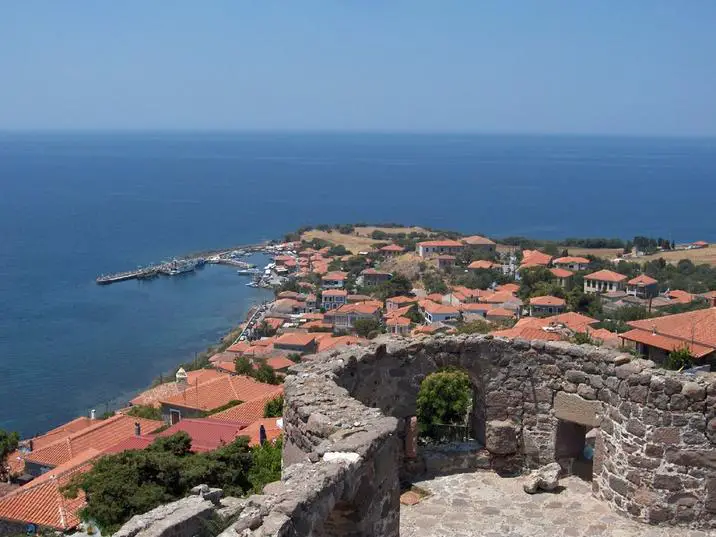
Molivos Castle is a Byzantine castle that sits atop a hill in the picturesque village of Molivos on the Greek island of Lesbos.
What to see or do: Visitors can explore the ruins of the castle and admire the panoramic views of the village and the Aegean Sea. The castle dates back to the 14th century and played an important role during the Ottoman occupation.
Don’t miss: Be sure to take a walk around the charming village of Molivos and witness the beautiful traditional architecture and narrow cobblestone streets.
Insider travel tips: Don’t forget to bring comfortable shoes as the climb to the castle can be steep. It’s best to visit early or late in the day to avoid the midday heat and crowds.
And if you’re lucky enough to visit during the summer months, catch the Molivos Festival, which takes place in August and includes live performances and cultural events.
3. Mytilene Castle
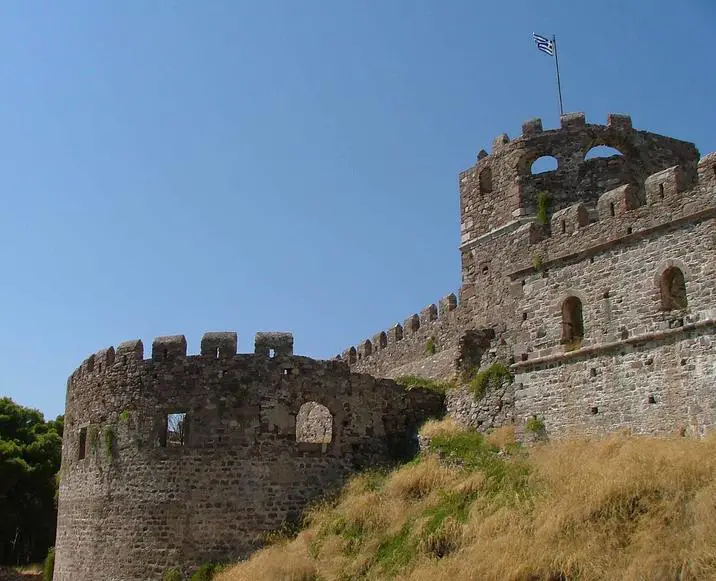
Mytilene Castle is a Byzantine fortress located in the town of Mytilene on the island of Lesbos in Greece.
What to see or do: Visitors can explore the castle’s walls and towers, which offer panoramic views of the town and harbor. The castle also houses a small archaeological museum displaying artifacts from the island’s history.
Don’t miss: Make sure to check out the castle’s impressive Gate of Lions, which dates back to the 5th century AD. Also, take time to walk around the castle’s perimeter at sunset for stunning photo opportunities.
Insider travel tips: Don’t forget to wear comfortable shoes, as the castle’s pathways are uneven and may require climbing stairs. It’s also best to visit in the morning or late afternoon to avoid the midday sun.
4. Agiasos Village
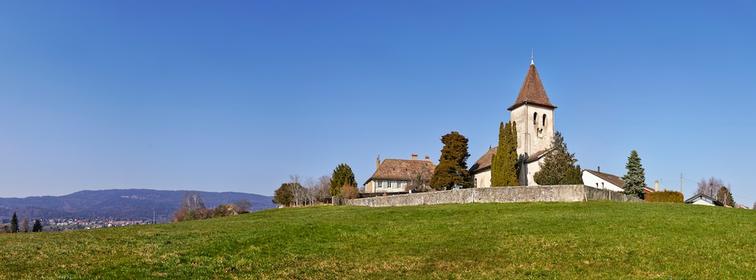
Agiasos is a picturesque village located on the slopes of Mt. Olympos in Lesbos, Greece.
What to see or do: – Wander the narrow streets of the village lined with stone houses adorned with colorful flowers.
Don’t miss: – The unique black pottery that is made in Agiasos.
Insider travel tips: – Wear comfortable shoes as the streets can be steep and uneven.
5. Temple of Aphrodite

The Temple of Aphrodite in Lesbos is an ancient Greek temple dedicated to the goddess of love and fertility, Aphrodite.
What to see or do: Visitors can explore the ruins of the temple, which date back to the 7th century BCE. The remains of the temple include several standing columns, a platform, and a few architectural elements.
Don’t miss: One of the most interesting features of the temple is the sacred grove that surrounds it.
The grove is said to have been filled with statues of Aphrodite and other gods, as well as a fountain and a well.
Insider travel tips: – The best time to visit the ruins is in the early morning or late afternoon, when the light is perfect for photography.
6. Byzantine Monastery of Taxiarchis
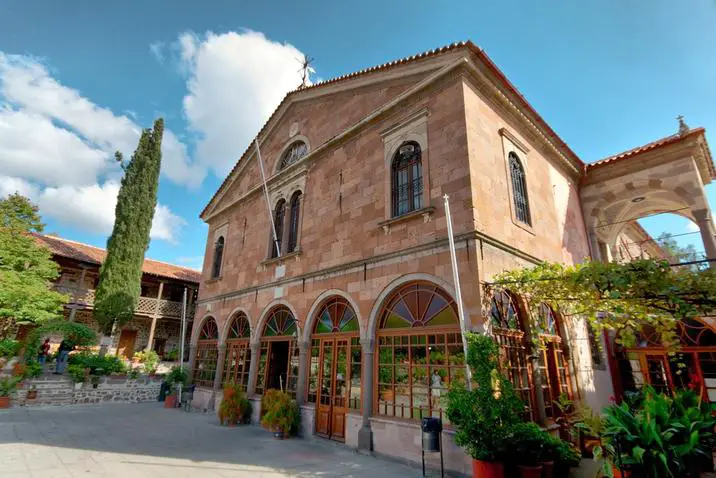
Byzantine Monastery of Taxiarchis is a remarkable monastery located in the picturesque town of Mandamados on the Greek island of Lesbos.
What to see or do: Visitors can explore the stunning architecture and immerse themselves in the spiritual and cultural aspects of this ancient monastery.
Don’t miss: Don’t miss the chance to witness the breathtaking frescoes of the archangels and the impressive Byzantine-style bell tower.
Insider travel tips: – Dress modestly and avoid wearing revealing clothing when visiting this holy site.
7. Thermi Beach
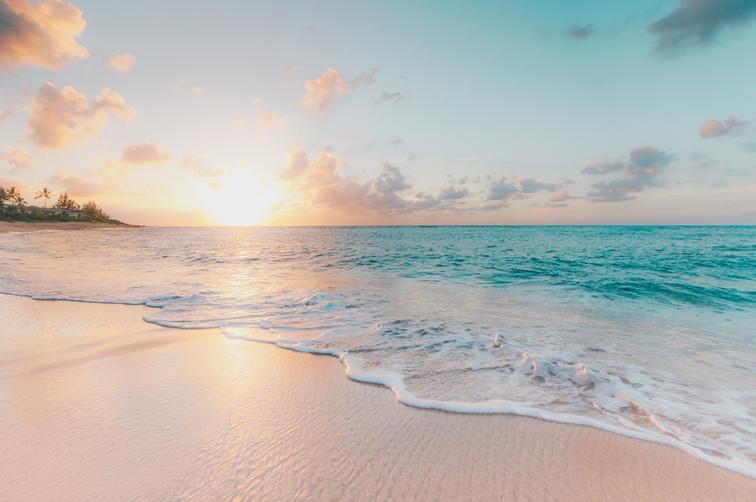
Thermi Beach is a stunning stretch of pebble-dotted sand on the northern coast of Lesbos, Greece.
What to see or do: Visitors can bask in the sun, swim in the warm Aegean waters or go for a leisurely stroll on the beach.
When you feel tired, there are sunbeds and umbrellas available for rent.
Don’t miss: At the seafront, there is a row of traditional Greek tavernas serving delicious seafood dishes and refreshing cocktails.
Also, located a short distance away is the famous hot springs of Thermi that have been used since antiquity for their medicinal properties.
Insider travel tips: – The best time to visit is during the summer months when the weather is warm and sunny.
8. Vatera Beach
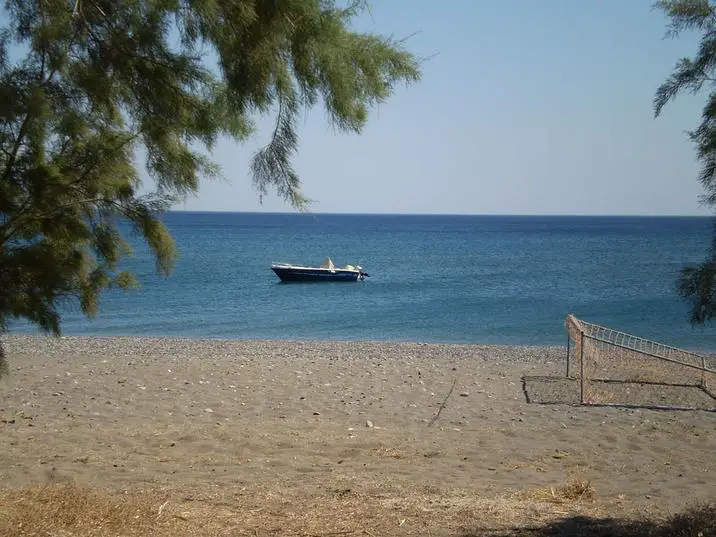
Vatera Beach is a beautiful and secluded beach located on the southern coast of Lesbos island in Greece.
What to see or do: The beach stretches for 7 kilometers and offers crystal-clear blue waters, golden sand, and stunning views of the Aegean Sea. It’s the perfect place to relax, soak up the sun, and enjoy a refreshing swim.
Don’t miss: Don’t miss the opportunity to witness a breathtaking sunset over the sea. It’s truly a sight to behold and a great photo opportunity.
Insider travel tips: – Bring plenty of water and snacks as there are limited options for food and drink on the beach.
9. Tsichranta Bridge
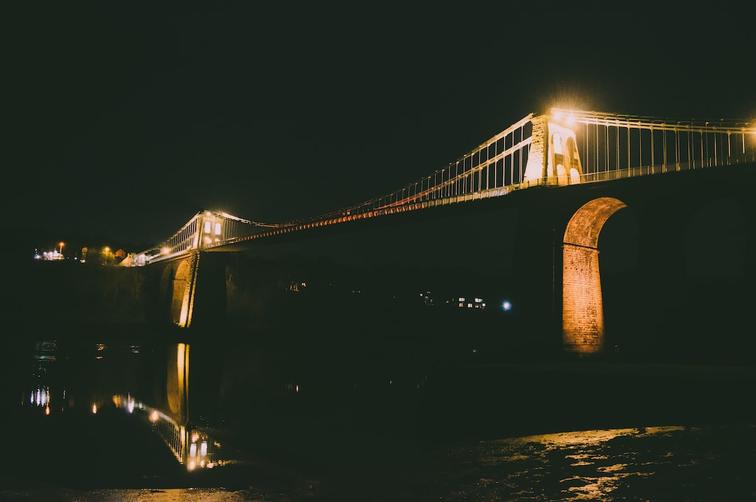
Tsichranta Bridge is a historic Ottoman-era stone bridge that spans over the Tsichranta River in the western part of Lesbos.
What to see or do: Visitors can take a leisurely stroll across the bridge, admire the intricate stone architecture, and take in the beautiful views of the river and surrounding area.
Don’t miss: Don’t miss the opportunity to capture some stunning photographs of the bridge and its surroundings, especially at sunrise or sunset.
Insider travel tips: – Be sure to wear comfortable walking shoes, as the terrain can be uneven.
10. Eftalou Beach
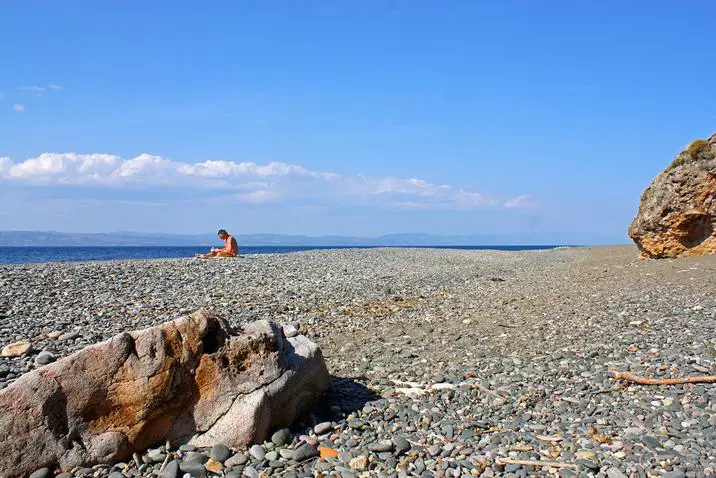
Eftalou Beach is a picturesque and relaxing pebble beach located on the northern coast of Lesbos island, Greece.
What to see or do: Swim in the crystal-clear waters, sunbathe on the smooth round stones, and take in the beautiful views of the Aegean Sea and the surrounding hills.
Don’t miss: The natural hot springs right on the beach, which are known for their therapeutic properties and are free to use.
The nearby village of Eftalou with its traditional tavernas, coffee shops, and small shops selling local products is also worth a visit.
Insider travel tips: – Bring water shoes as the beach is made up of pebbles and can be hard on your feet.
11. Skala Sykamnias
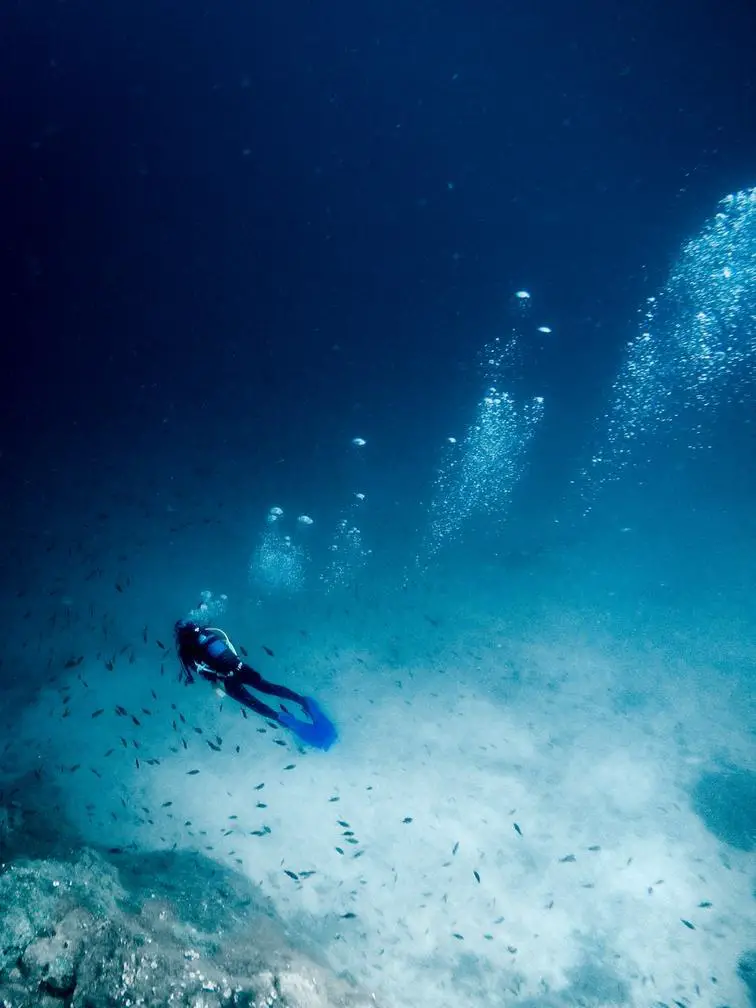
Small fishing village on the northern coast of the island of Lesbos in Greece.
What to see or do: – Relax on the village’s pebble beach and swim in the clear waters of the Aegean Sea.
Don’t miss: – Sunset views over the sea and the picturesque village.
Insider travel tips: – The village is small and does not have many tourist facilities, so it is best for those who want a peaceful and laid-back holiday.
12. Agios Isidoros Beach
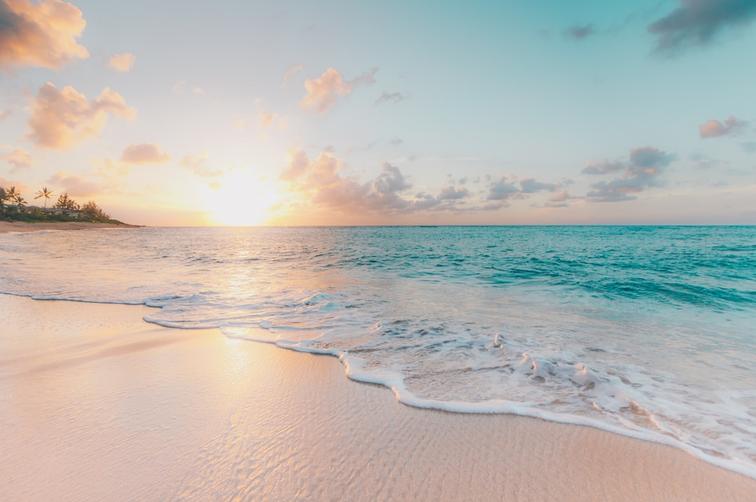
Agios Isidoros Beach is a famous stretch of golden sand in the southern part of Lesbos island.
What to see or do: Sunbathe and swim in the crystal-clear Aegean Sea. The beach is perfect for families with children as the water is shallow and calm.
Go snorkeling to explore the underwater world of the Aegean.
Don’t miss: Watch the sunset over the nearby hills and take a leisurely walk along the beach in the evening. There are several beach bars and restaurants where you can grab a drink or a delicious meal.
Insider travel tips: Arrive early to secure a spot as it tends to get crowded. The beach is accessible by car or bus, and there is plenty of parking available.
Bring your own umbrella and beach chair to avoid paying rental fees. Keep in mind that the waves can get rough on windy days, so check the weather forecast before you go.
13. Klopedi Beach
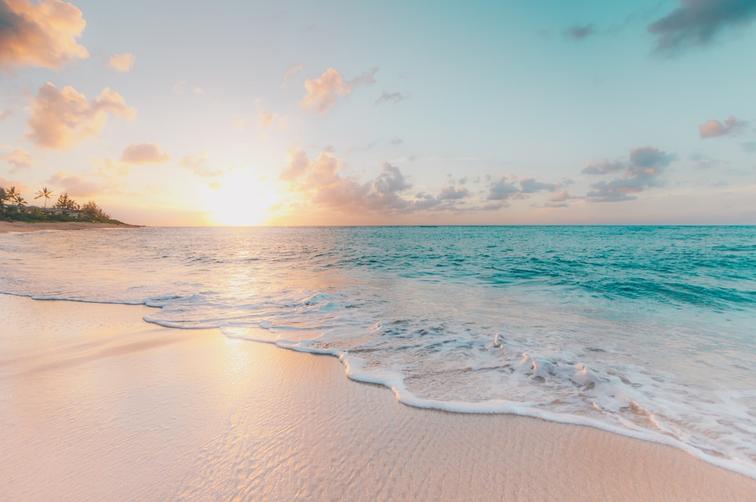
Klopedi Beach is a picturesque, secluded cove located on the eastern coast of Lesbos island, Greece.
What to see or do: The clear turquoise waters of Klopedi Beach are perfect for swimming, snorkeling, and paddleboarding. The beach is surrounded by lush greenery, making it a great spot for a relaxing picnic or sunbathing.
Don’t miss: Don’t miss exploring the nearby hidden coves and bays accessible only by foot.
There’s also a small boat docked in the cove that offers short trips to other nearby beaches, including the popular Tsamakia Beach.
Insider travel tips: – Klopedi Beach is accessible only by foot or boat, so wear comfortable shoes and pack light.
14. Agios Stefanos Beach
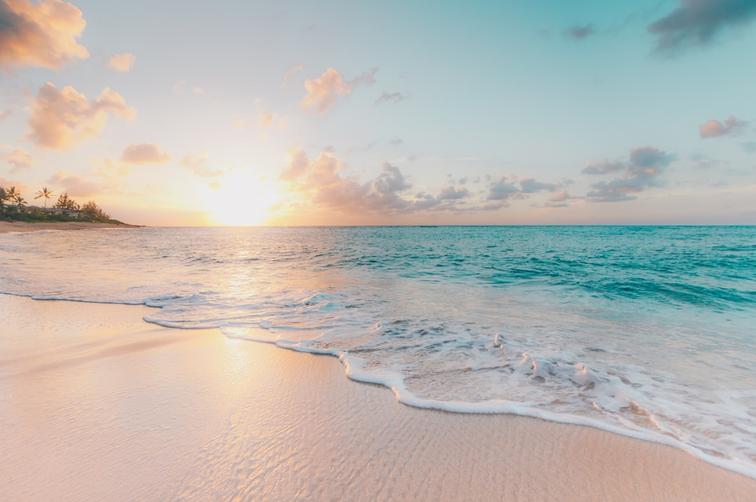
Agios Stefanos Beach is a stunning crescent-shaped beach located on the northern coast of Lesbos, Greece.
What to see or do: Relax on the soft sand and soak up the sun while enjoying crystal-clear waters. Admire the stunning views, and take a dip in the refreshing sea.
Don’t miss: Take a stroll along the beach to explore the area. Head to the quaint fishing village of Agios Stefanos to feast on freshly caught seafood.
Insider travel tips: Pack plenty of sunscreen and bring a beach umbrella for shade. For a more secluded experience, head to the northern end of the beach.
The beach can get crowded during peak season, so go early to secure a good spot.
15. Museum of Industrial Olive Oil Production

A museum dedicated to the history and industrial production of olive oil on the island of Lesbos.
What to see or do: Visitors can explore exhibits and displays featuring ancient and modern olive oil production techniques, machinery, and tools used in the making of this important agricultural product.
Don’t miss: The highlight of the museum is the ancient olive press, dating back to the 6th century, which still operates and produces olive oil today.
Insider travel tips: Don’t forget to sample the different varieties of olive oils available for purchase at the museum shop.
Also, consider taking a guided tour of the surrounding olive groves and oil mills to discover the local traditions and culture of olive oil production on the island.
💪 Support independent web, support us: